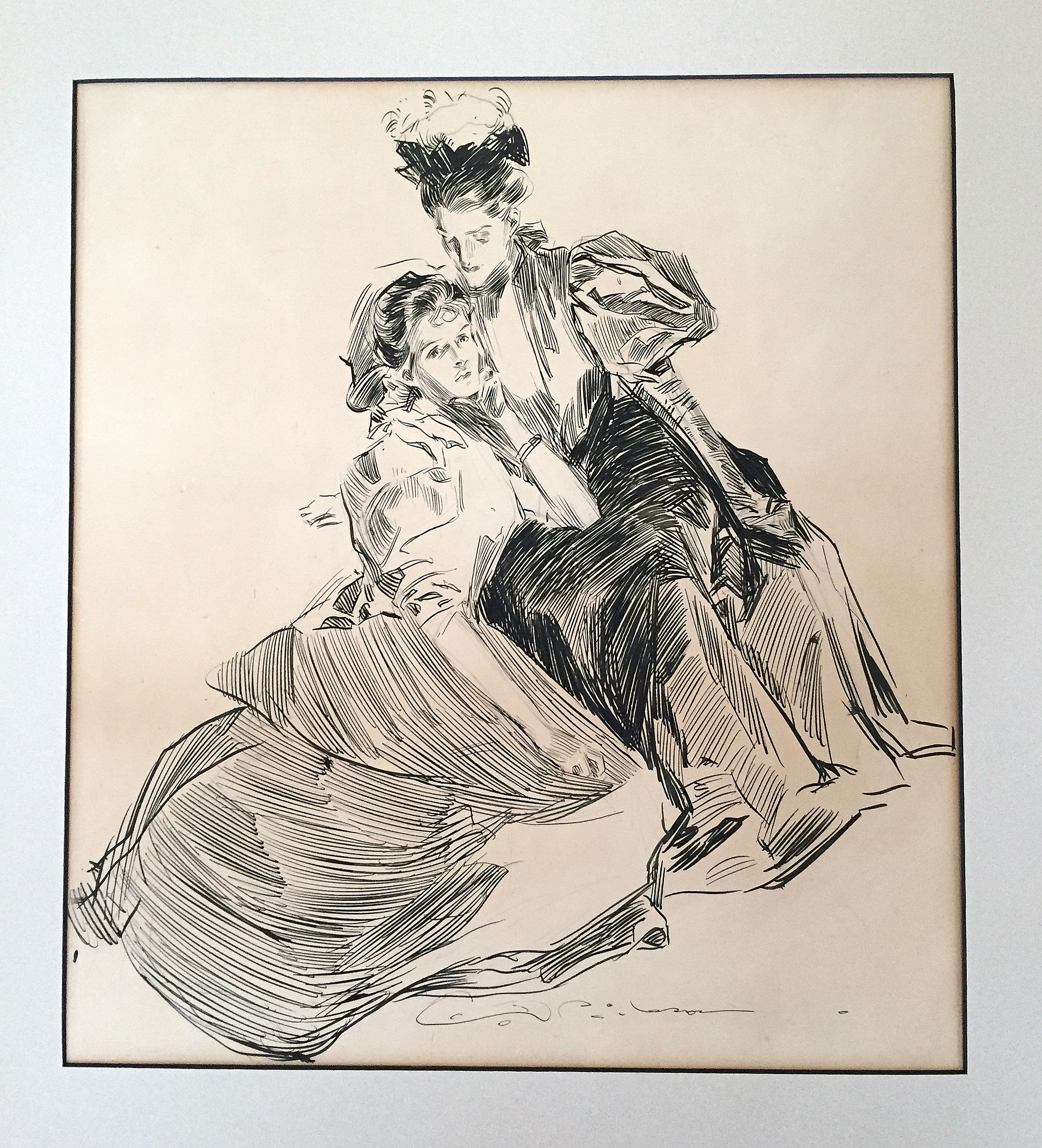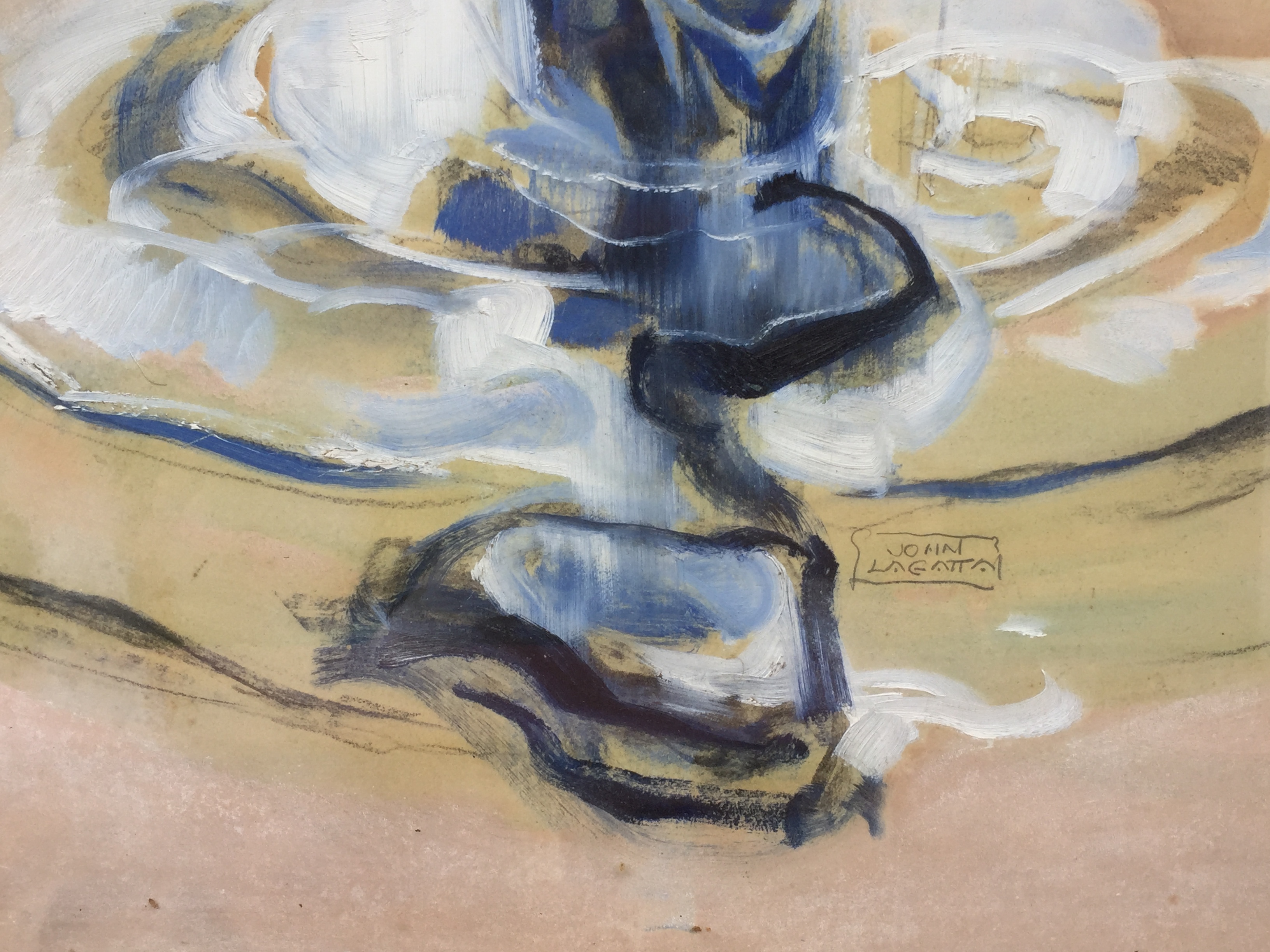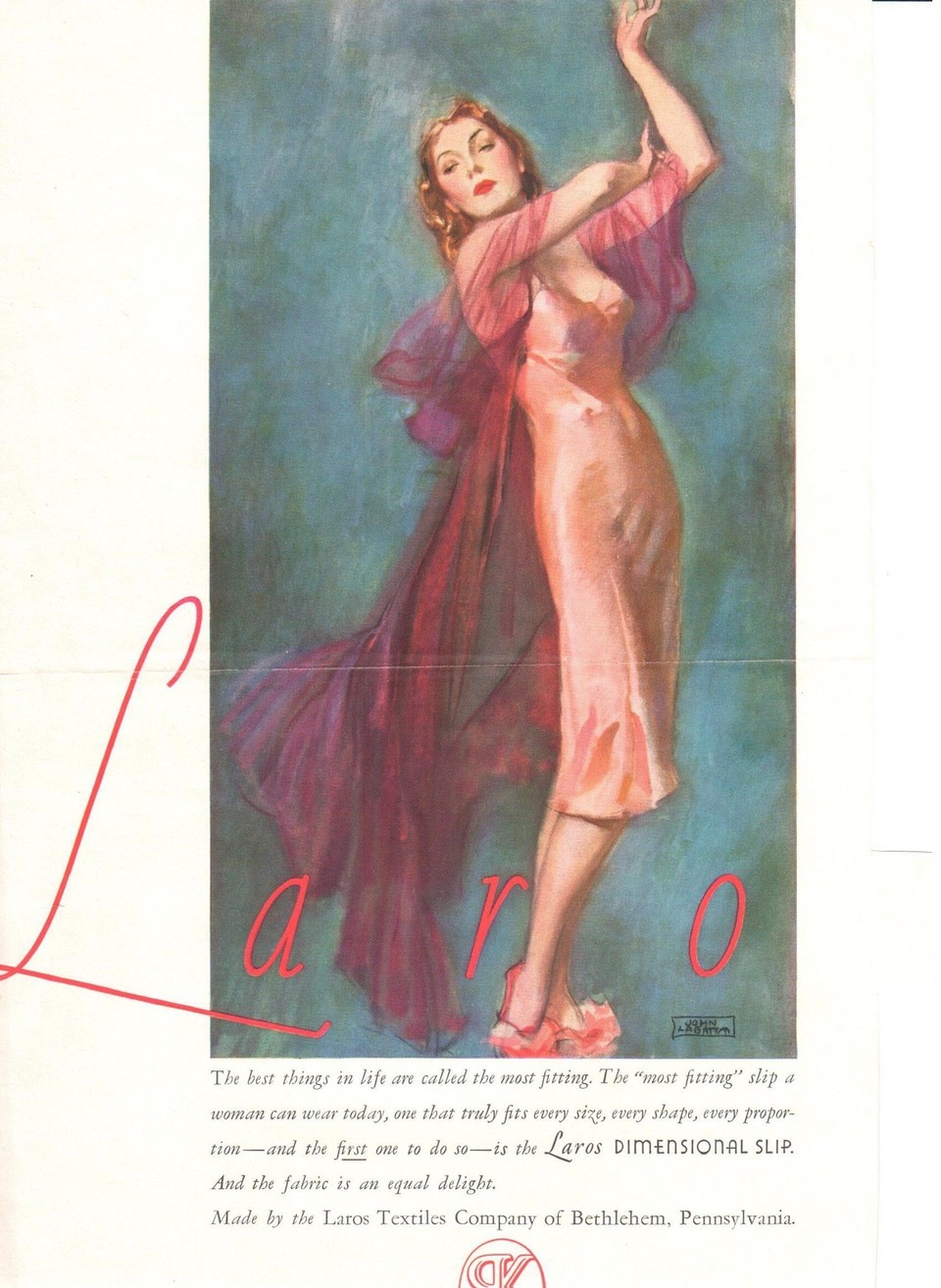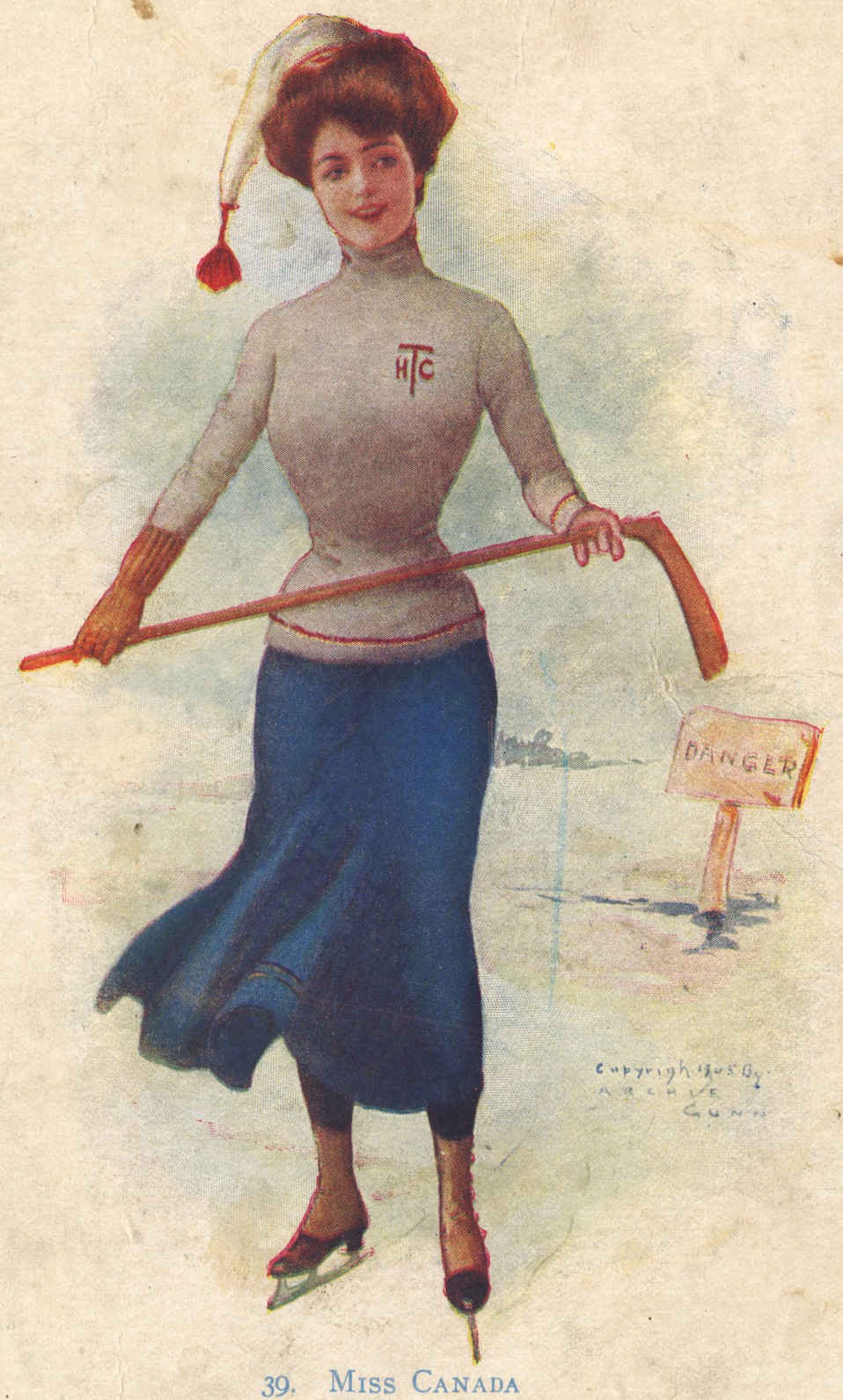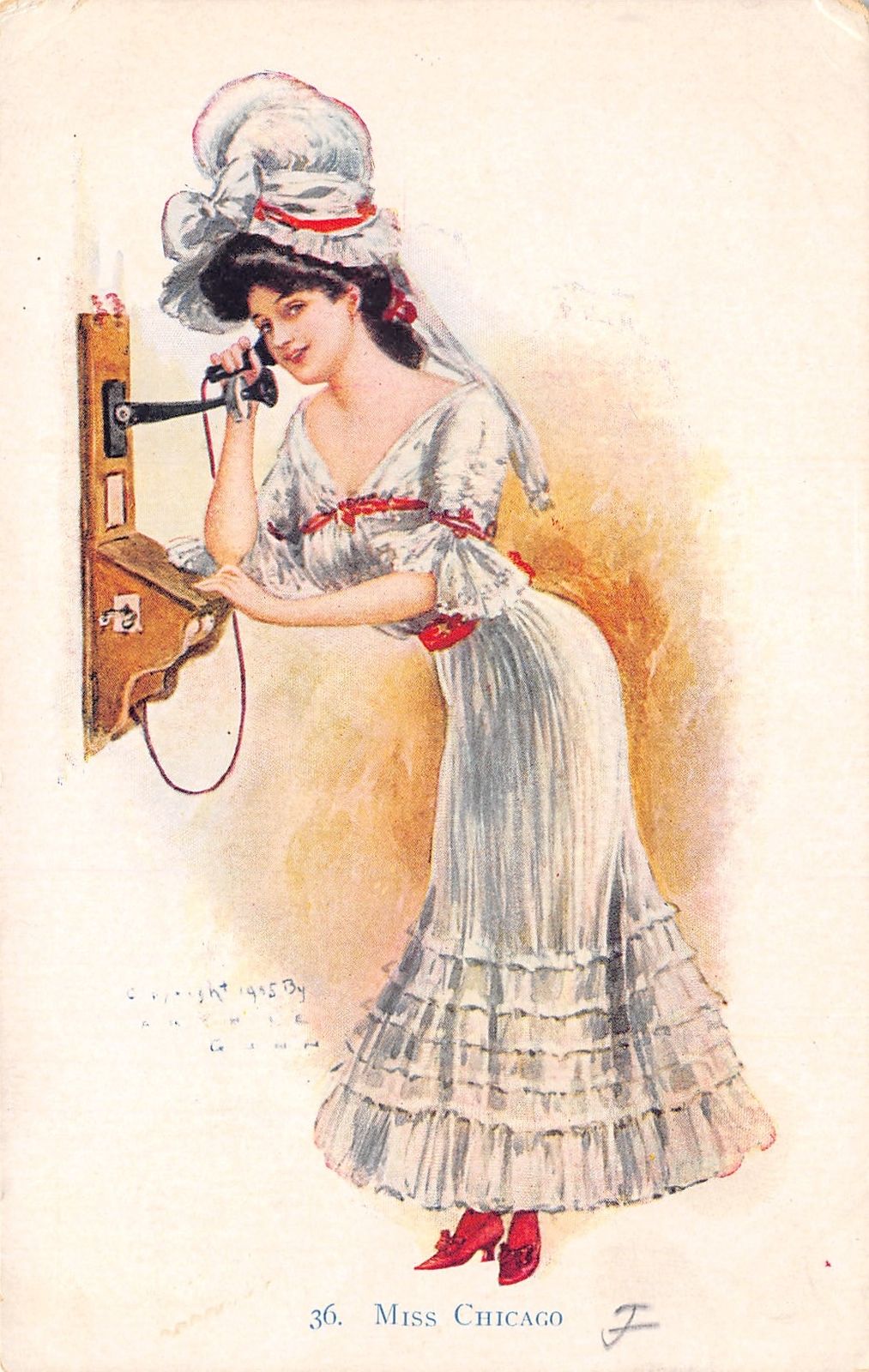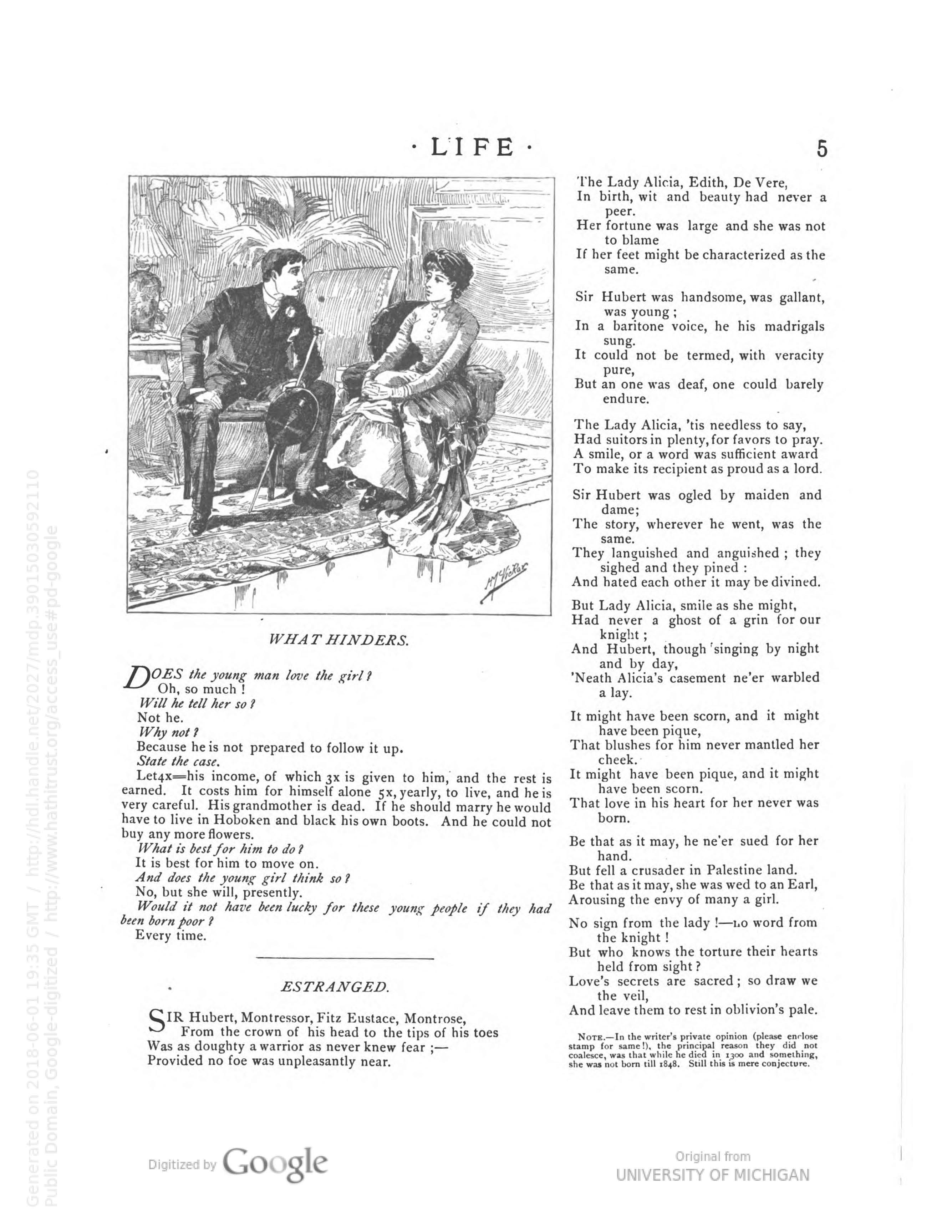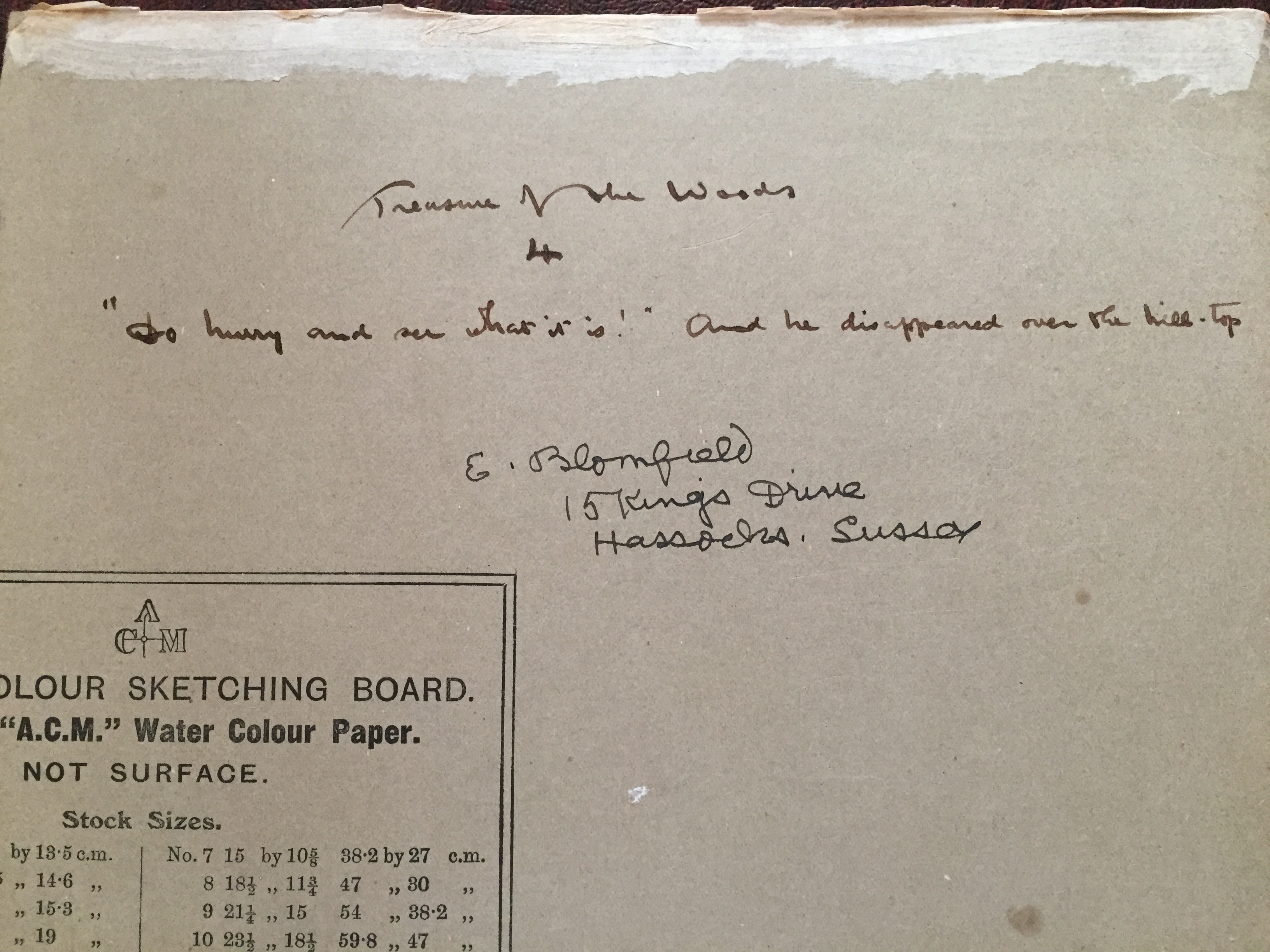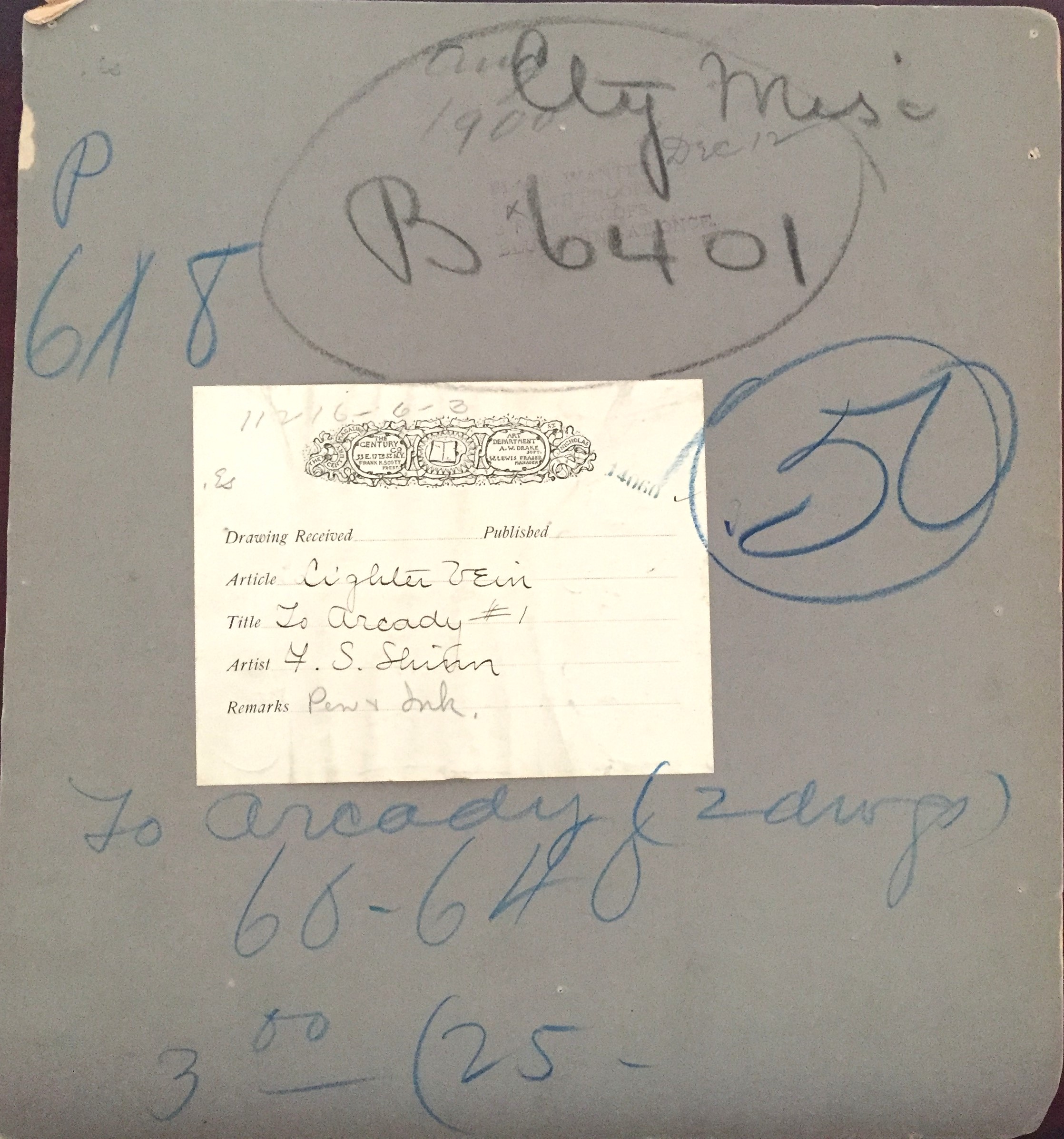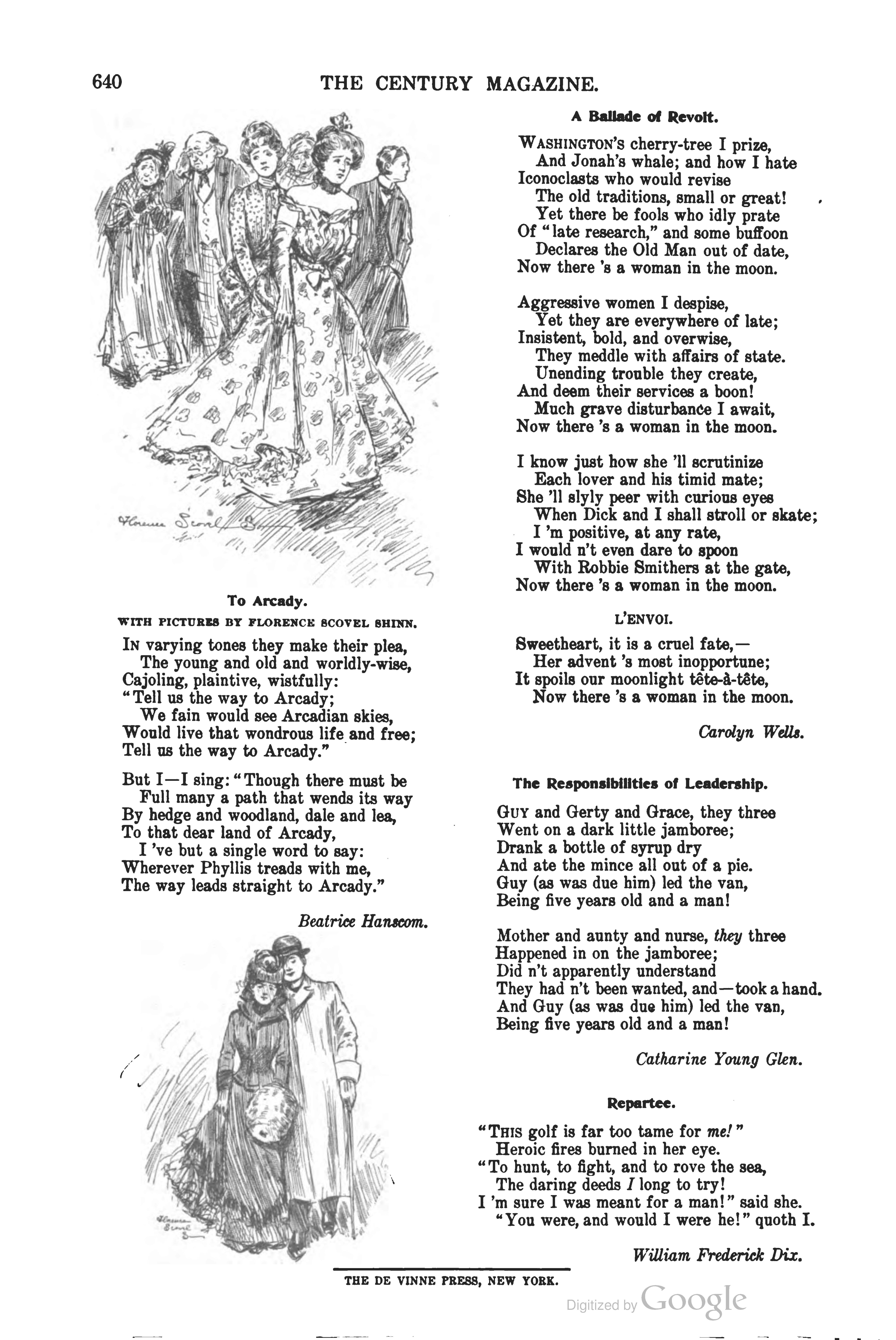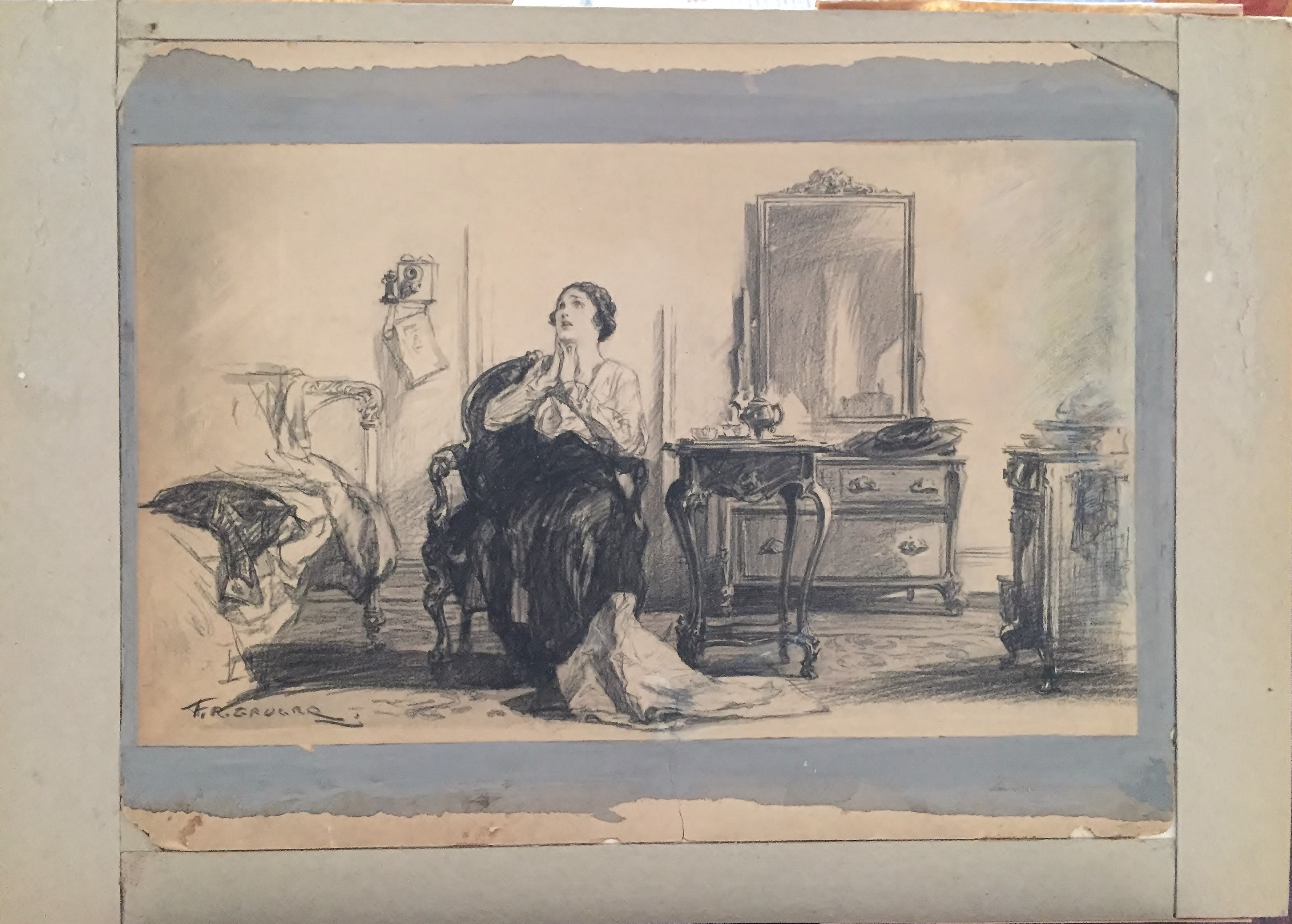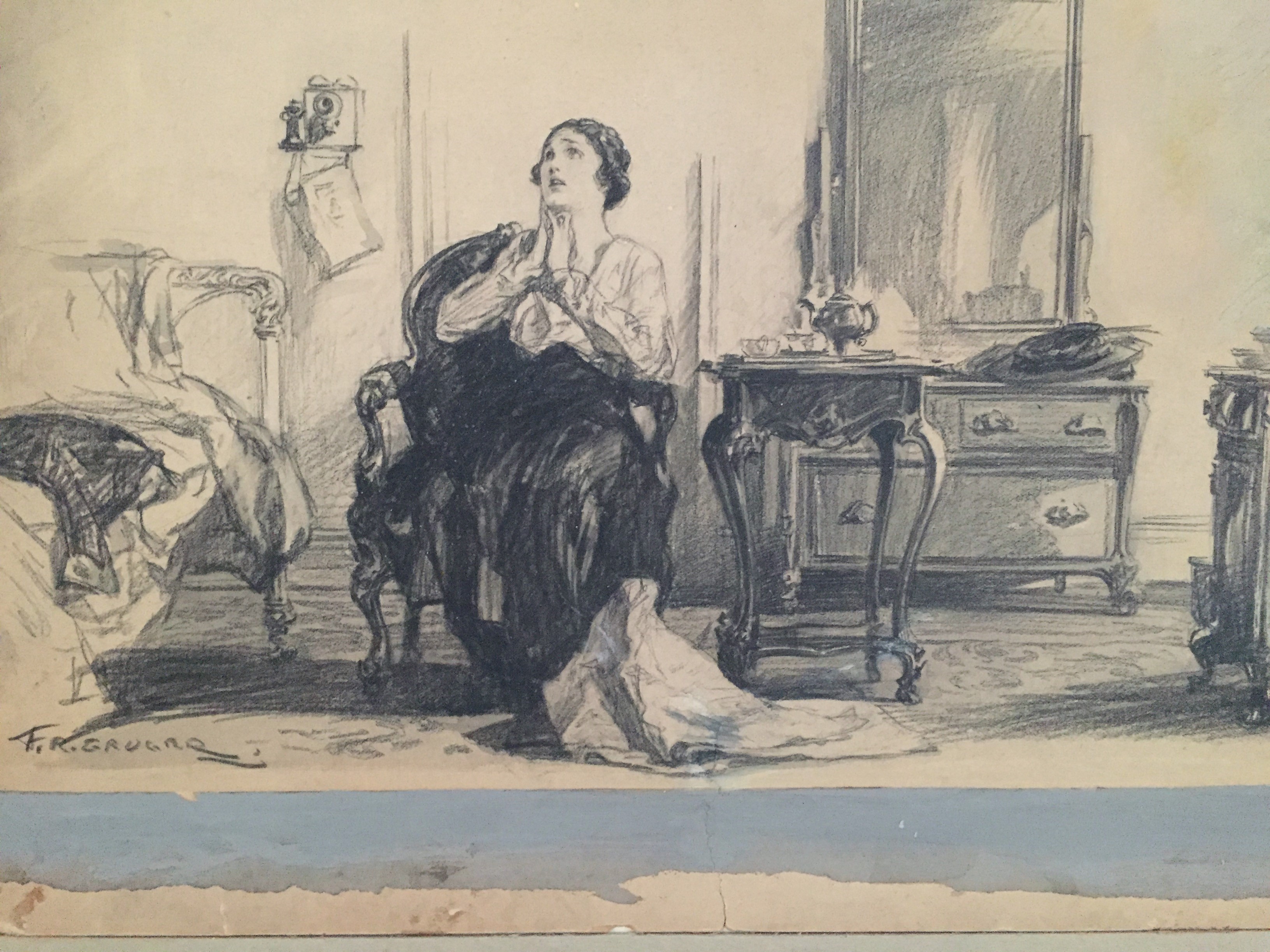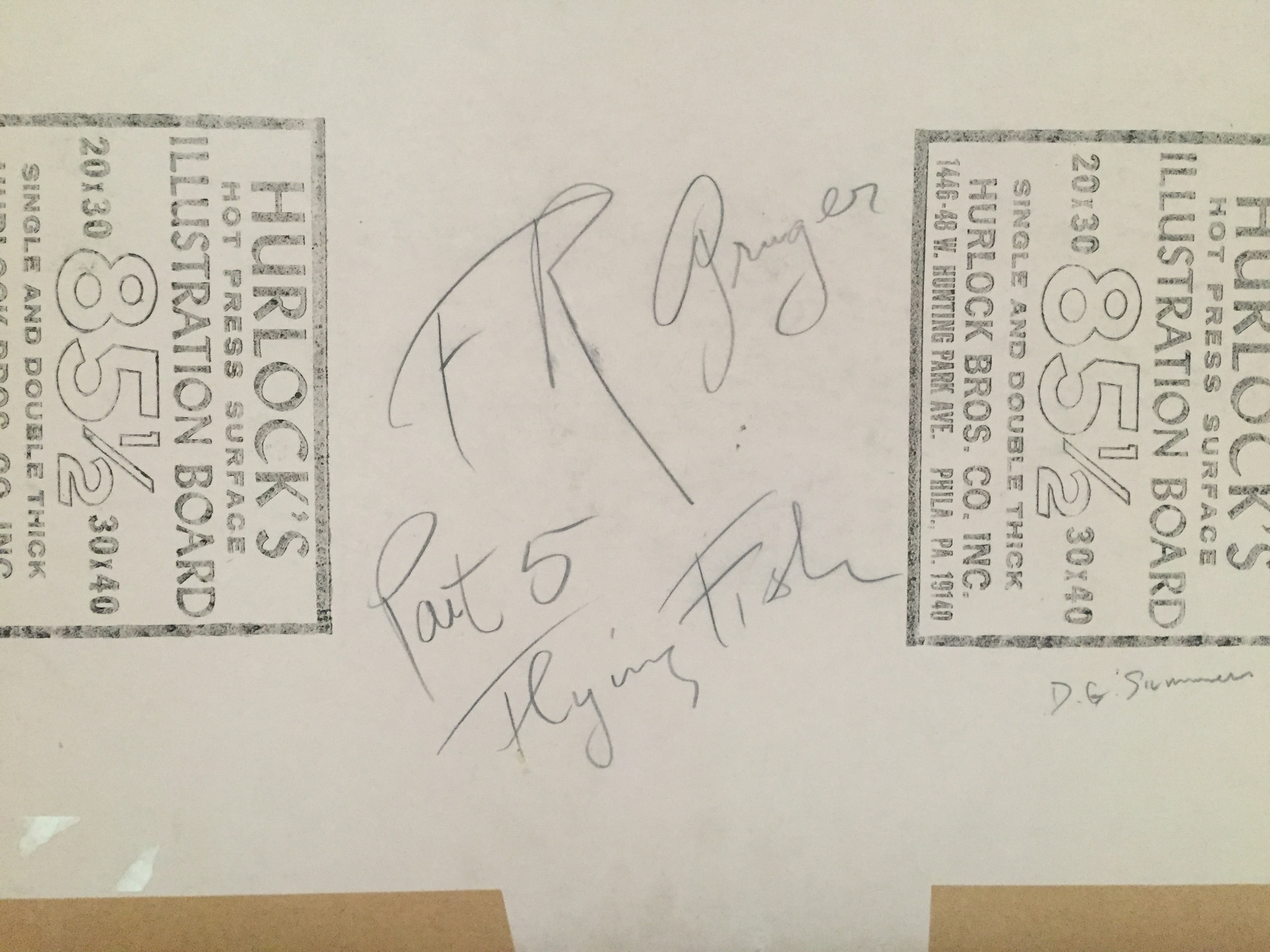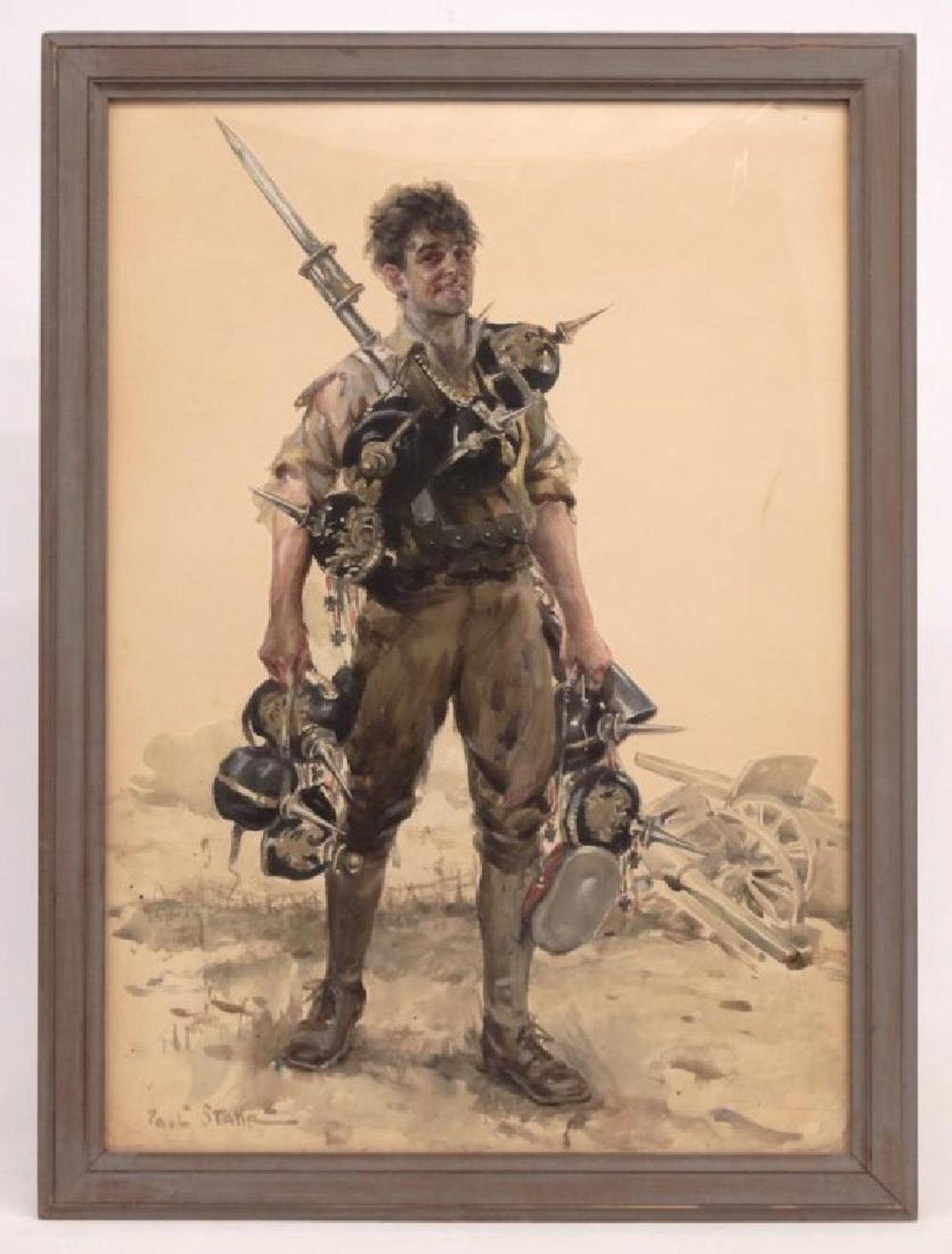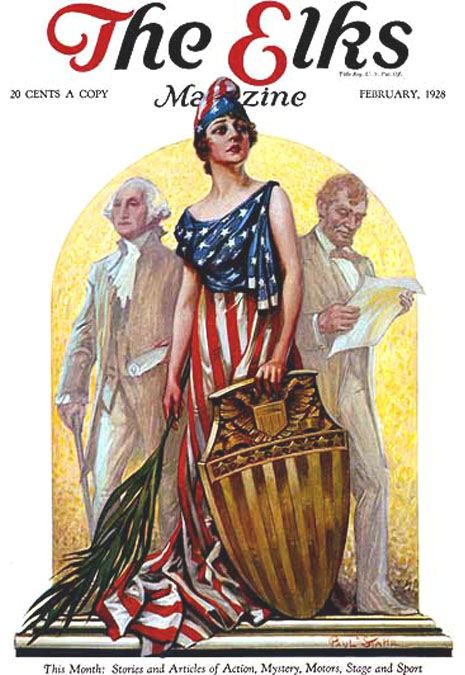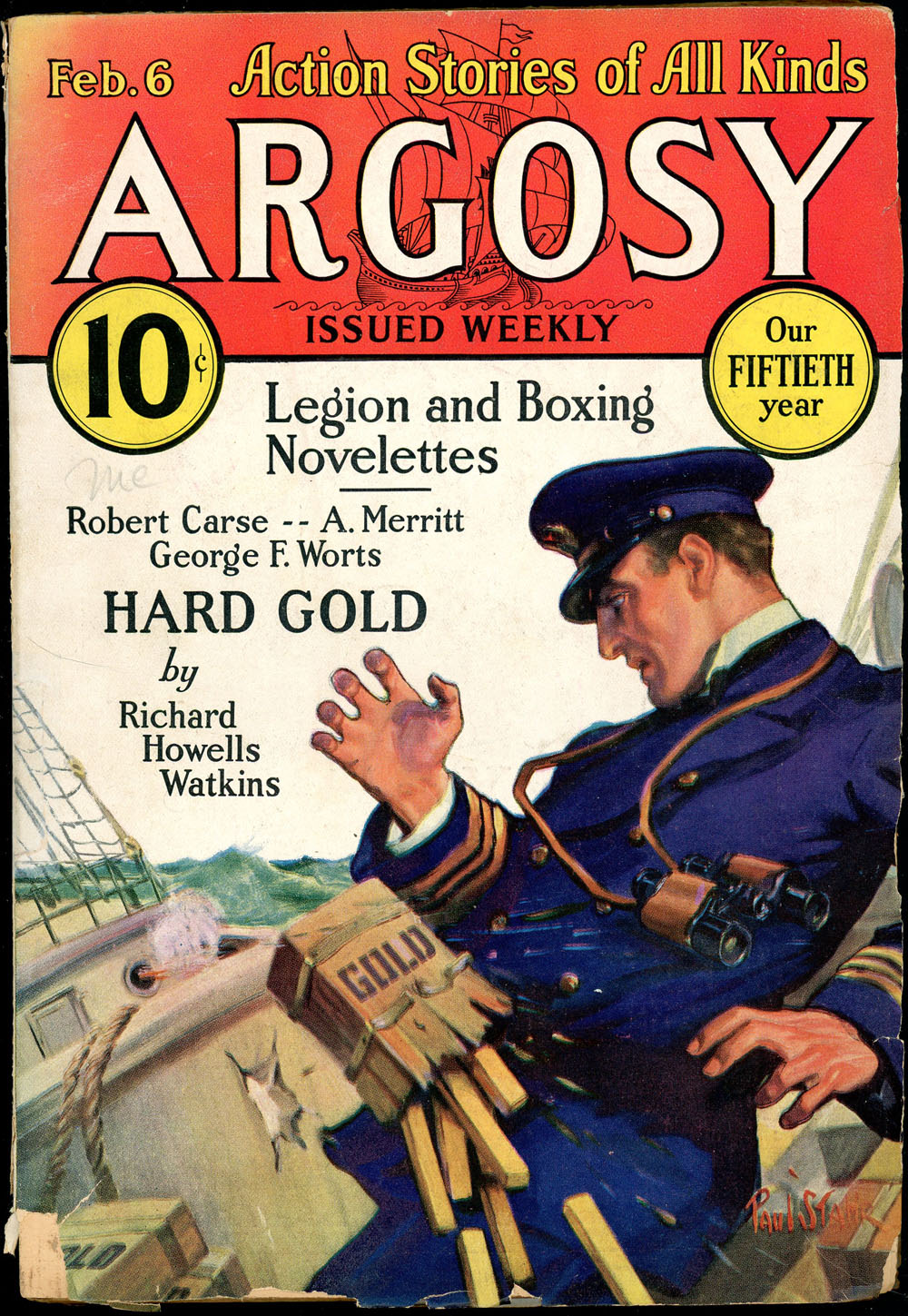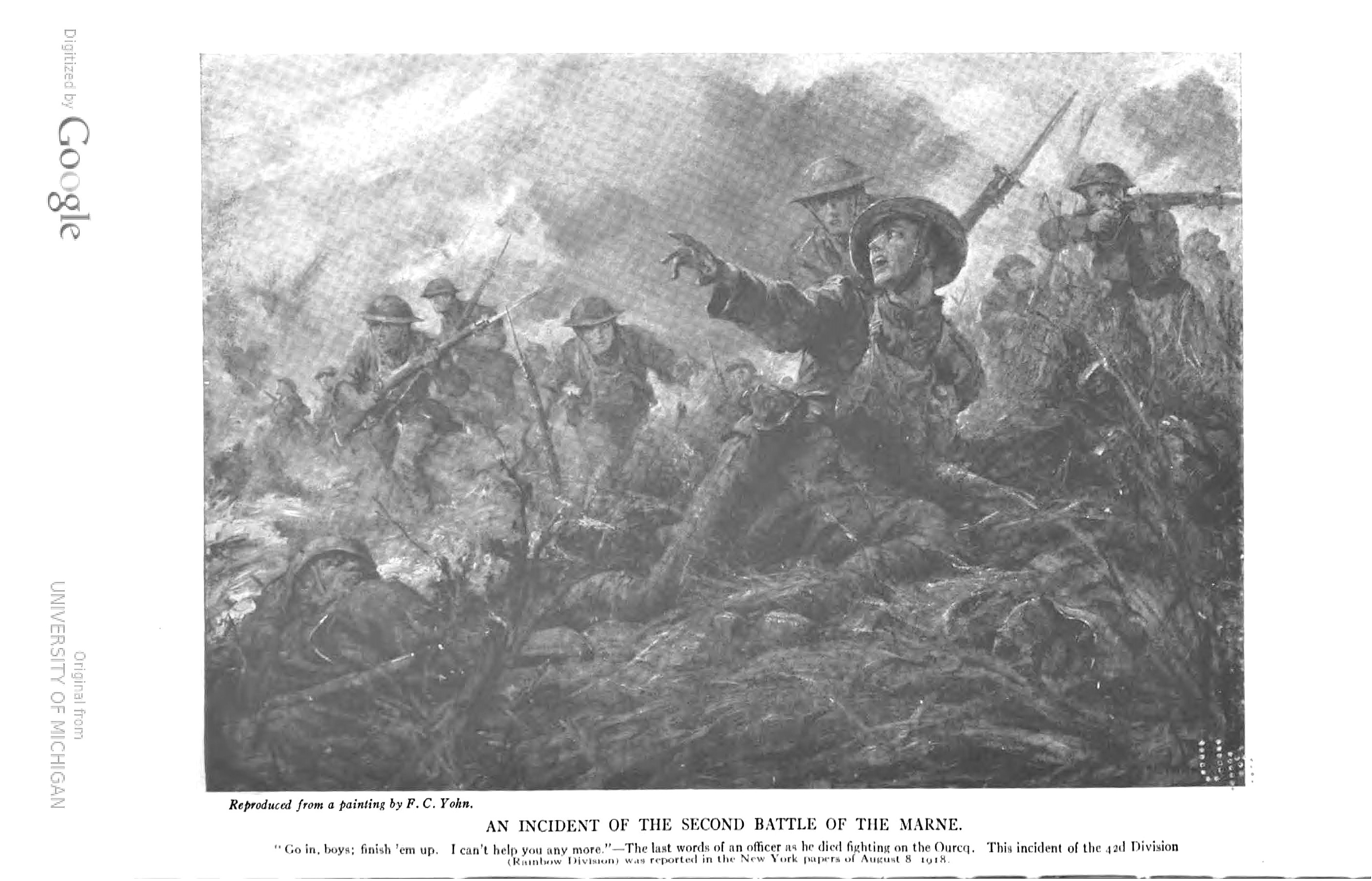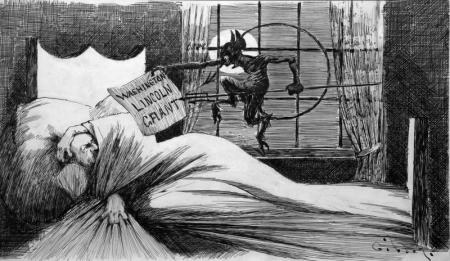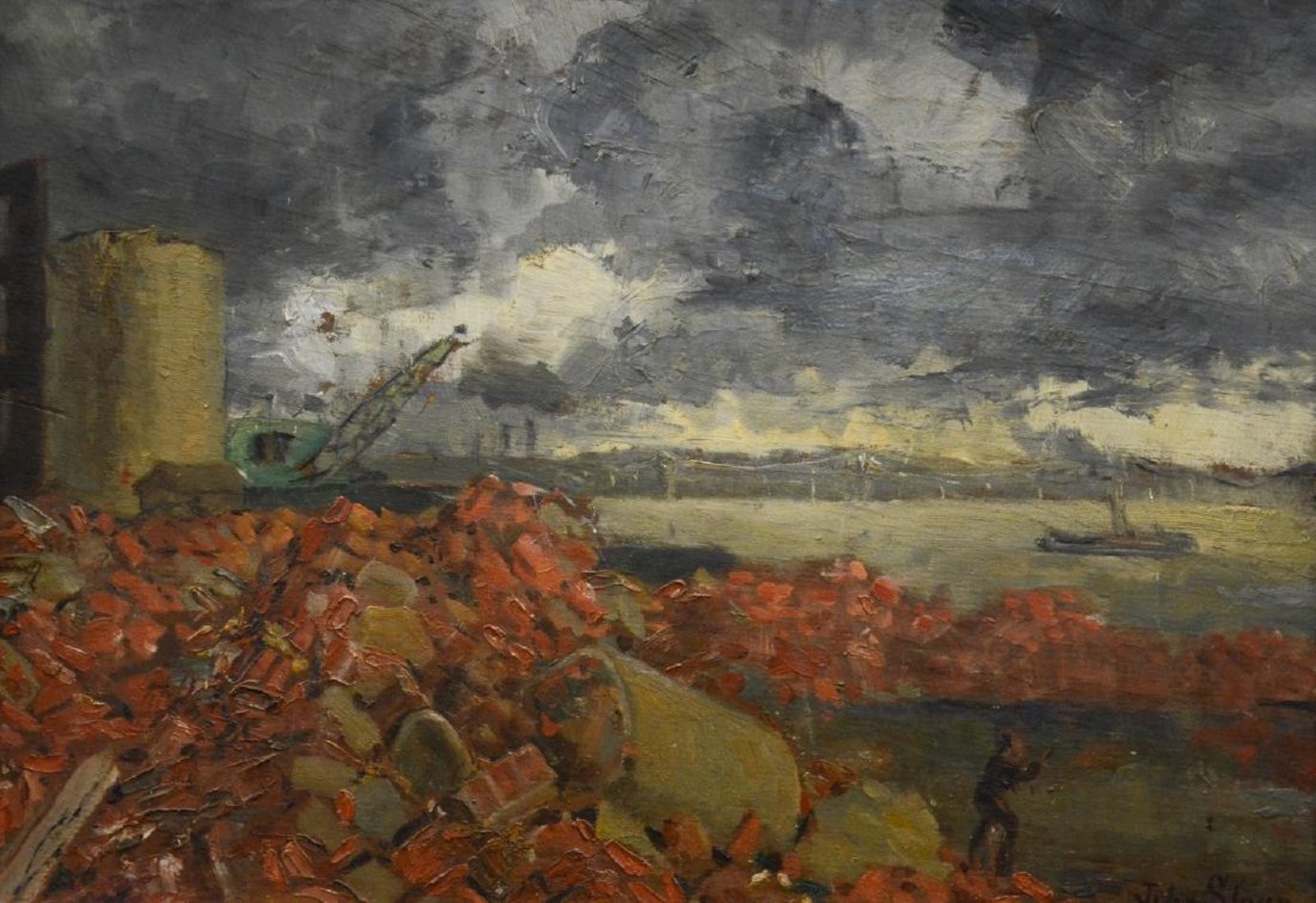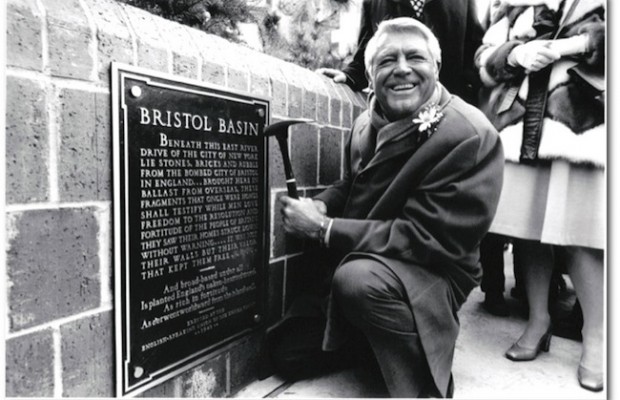This is a longer excerpt from “The Practice of the Presence of God” by the Very Rev. Edmund S. Rousmaniere in St. Andrew’s Cross, October 1912, pp. 61–64, that talks about prayer.
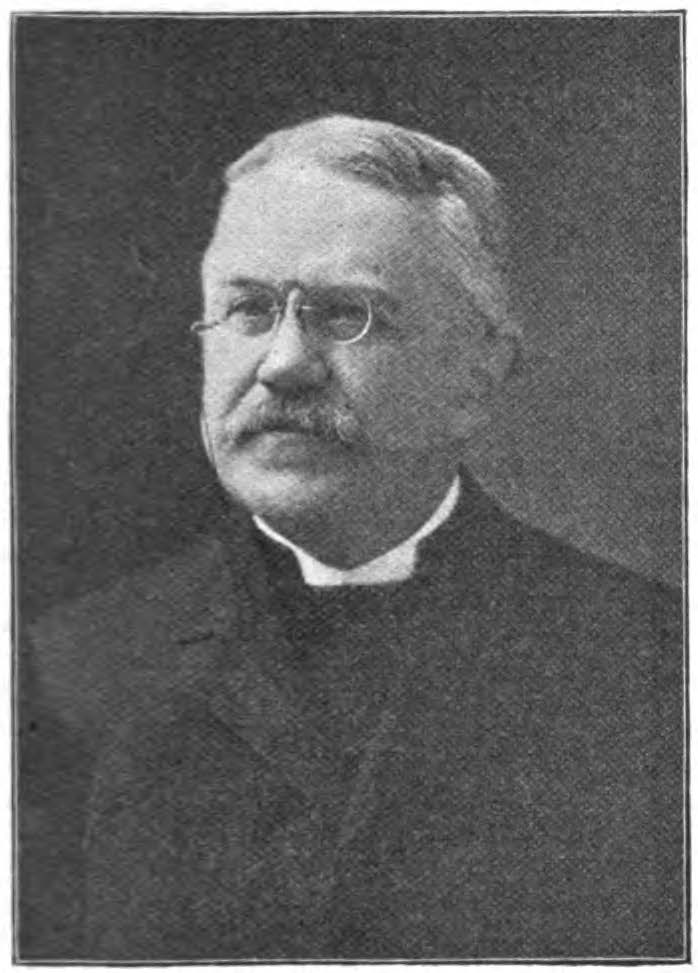
The Very Rev. Edmund S. Rousmaniere, D.D.
We are to think this morning of prayer as a means of realizing that presence. Prayer is the great wide open door through which every one who will may enter into an assurance of the presence of God in his own soul. Is not this, then, its definition? Prayer we say is communion with God. Now, we fail to remember this very plain fact, that if there is to be communion, there must be two parties to it. Prayer is not an activity of our own souls. Prayer is the mutual life of God and my soul. It is not so important then, that I shall speak to Him, as that He shall speak to me. And so, not to say one word to depreciate those marvelous experiences which men call answers to prayer, I say that whatever else God does for us through prayer, we may well be content with this, that our prayers bring us some word from Him, some new consciousness and assurance of His living presence. The man who rises from his knees and goes out to his daily task unable to discern an answer to those moments of supplication, save a new assurance that God is with him, has answer enough, God has spoken to his soul. He has passed in through the open door and has seen the vision, if it be but for a moment. He has put out his hand in the darkness, and if it be for the briefest second, he has touched the Divine Hand.
Silence
If prayer be communion with God—if it be first of all, the opportunity which God seeks (for He seeks it, even when we seek it not)—to speak to our souls, then the first element in prayer must not be speech on our part. It must be silence. Every prayer should begin in silence. Have you ever thought that in many of our prayers we are like children rushing unbidden into the drawing room and teasing their parents with questions? So men rush into the Divine presence, without one thought of Him into whose presence they go with such haste, and without giving God a chance to speak a word, so eager are we to speak ourselves. The Church in her wisdom has preserved for us wonderful moments of silence in her office of the Holy Communion, and more and more is the Church today coming to appreciate those precious moments.
Such moments must be the first element in that communion With God which is prayer. When we fall upon our knees, therefore, let us be silent. Let us only say “Oh God, we come into Thy presence,” and resting there in the thought that underneath are the everlasting arms and about us the immeasurable presence and within us the endless life, “Lord, speak, for thy servant heareth.”
Thanksgiving
And from those moments of silence, how shall prayer go on? How easily that question is answered! It must go on inevitably to the thought of God. Try it brethren. Be silent in God’s presence for five minutes and then see whether it is possible for you at the end of five minutes to say anything to God about yourself. The first element of spoken prayer is thanksgiving. So it must be with us. The first words of prayer must be a Sanctus, a thanksgiving to God for all He gives, for all He is, for all that He has bestowed upon my soul through the past, and for that which He is, love, friendship, mercy, forgiveness, righteousness and peace.
[1549 Sanctus
Holy, holy, holy, Lord God of Hosts:
heaven (& earth) are full of thy glory:
Hosanna, in the highest.
Blessed is he that commeth in the name of the Lord:
Glory to thee, O lord in the highest.]
Intercession
What shall come next in prayer? You can not thank God for His gifts, you cannot thank God for Himself, without unconsciously finding yourself taking His point of view, looking out upon your neighbors as He looks upon them. Intercession follows thanksgiving in the natural order of prayer. You see what I mean. The thought that comes inevitably, after that wonderful thought of God, is the thought of all the children of God whom He calls His own and whom He loves.
Oh, how difficult we make intercession. How little we think of our brother’s needs. How our minds wander off to our own needs and to our own selfish plans and our great hopes for God’s blessing upon them. It is because we have not begun with thanksgiving. We are not taking God’s point of view. As soon as we look upon our fellow men as God looks upon them, with unselfish love, then we must pray for them.
Our Needs
And then comes, if there be time, our own needs. I know men and women who never ask for their own needs. I know a devout soul whose prayers, he tells me, are always thanksgivings. But as thanksgiving leads most men who pray to intercession, so intercession leads to prayer for ourselves, for we long to sanctify ourselves for their sakes, to help God in His service of them. When one has been silent and let God speak—when he has uttered his words of praise and thanksgiving—when he has looked with the eyes of God out upon the needs of his fellows and prayed for them, surely then shall he be filled with the spirit of the Lord’s own prayer in Gethsemane, and can say “Thy will not mine, be done.”
Pray in the Spirit
God will listen to whatever we say. God will in His own way answer all the prayers we utter. But God looks to find behind all petitions, of whatever character they are and for whatever they are uttered, the spirit of the Lord. Pray for whatever you like, if only you pray in the spirit of our Lord, Jesus Christ. I have not endeavored to urge upon you long prayer. I have said or have tried to say that into every prayer these elements should enter. And I have said it in the conviction which someone has expressed in the words “He who loses his time in prayer, finds it in abundant blessing and power.” And even when you walk along the street, it is possible to be silent before Him and to utter a word of thanksgiving to Him and to pray for your neighbor at your side, and possibly only three minutes have passed, and you have really prayed, and possibly in that three minutes, you have seen that Face of which we were told so beautifully last night, and have felt the benediction of the Lord.
We are bidden this morning to think of the practice of the presence of God especially through consecration.
We were thinking yesterday of prayer as the way to the realization of God’s presence, for we believe that as God’s children we are made to catch more than fleeting glimpses of our Father; we are made to have a deep and abiding consciousness not only of His presence, but of His companionship.
Prayer is one door, but there are days in which prayer is impossible; there are moods in which although we may utter words we do not really pray; there are times in which at the end of a long and weary day we can only say, if we can say it truly, what the German Saint said at the end of his day of toil, “Lord, it is the same between Thee and me as it was yesterday.”
Our Work
Another door into the Divine Presence is our work. I want to read you a few lines written by a dear friend of mine whose experience, I think, you will read between the lines, telling you that he found the assurance of God’s abiding presence not only through prayer but also through the other door of work or consecration to the Father’s will. I dare not speak his name. He is still living. He calls these lines the “Creed of a Soldier.” He was a gallant officer in the defense of the Southern cause, and from the end of the war unto this day his life has been given, in spite of disappointment and pain and poverty, to the service of God’s little ones, the helpless and needy. He calls these words the “Creed of a Soldier.”
He asked for strength that he might achieve; he was made weak that he might obey.
He asked for help that he might do greater things; he was given infirmity that he might do better things.
He asked for riches that he might be happy; he was given poverty that he might be wise.
He asked for power that he might have the praise of man; he was given weakness that he might feel the need of God.
He asked for all things that he might enjoy life; he was given Life that he might enjoy all things.
He has received nothing that he asked for; all that he hoped for.
His prayer is answered. He is most blessed.
There have been ages in the Church’s history possibly when the door of prayer was exalted over the door of service, but surely we do not live in such an age today. Today men emphasize the entrance into the Divine presence by means of work and service, forgetting altogether, regarding as unnecessary and impractical and somehow apart from the world’s work, the door of prayer. Now if there is one thing as loyal Christian men and women we must stand for in our generation it is this: that there is no antagonism between prayer and service. They are like the double-leaved gates that welcome the students into this university. They both fly open in order that the seeking minds may be satisfied. It is through the double gates that you and I must enter into the presence of God. Therefore, surely, it is wise that the Committee on the Programme have asked us to remember this morning that not only by prayer, in the hours of meditation and in the hours of worship, does the peace and assurance of God come to us, but also in those hours which men call commonplace and weary and monotonous, in the times of service, we are opening the door into the Divine Presence.
But that can be so only when we think of our work in the right way. As members of the Brotherhood of St. Andrew we are making today a new consecration. What is it? Is it not simply this, to make known to our fellow men that they are sons of God and therefore heirs of everlasting life? That is the work to which God has called us, the work which He has set us to do. We go further than that, and say that when in the smallest, slightest way we make any fellow man more conscious of his relationship to God we are workers together with God.
I want this morning to ask you to take one step further. Even though it seems possibly to you a venturesome step to take, and to say that whenever we do this service in our Brotherhood to which God has appointed us, we are for the moment not simply working with God, lofty as that opportunity is, but we are living for that moment the life of God.
Have you ever sat with a great teacher, not necessarily a man who knows all that is to be known, but a man who has that mysterious power which great men have of putting his mind so close to you when he talks with you that he does not seem to teach you; you are not the pupil and he the teacher, but you are thinking his thoughts with him.
Do you not see then how not only is the great word of Kepler’s true, that a man studying the laws of the universe is thinking God’s thoughts after Him, but that it is also true that whenever a man goes out to serve his fellow man he is thinking the thoughts of God with Him. How wonderfully merciful, how wonderfully loving to permit poor blundering creatures of His own not simply to go out and do the business that He sets them; not only to walk by their side upon the common errand, but actually to let them for that brief moment live His life and through that living of the life of God receive the assurance of His presence with the same certainty and vividness as through prayer and worship.
This is true again of what we call our religious life. Not only to our work as brethren of St. Andrew; not only to our larger work as men, obedience to the will of God in conscience and in heart, do we consecrate ourselves again today, but to the love of our blessed Lord and Saviour Jesus Christ, and when for one brief moment we love Him, when we can honestly say as we look into our minds and hearts “Jesus, I love Thee,” though the next moment may be a moment of degradation and of forgetfulness, we are sharing in the life of Him who said, “This is my beloved Son.” We are doing what the Father does when we love Jesus Christ, and through that sharing of the Father’s mysterious love, the Father Himself becomes our assured Companion, Friend and Lover.


